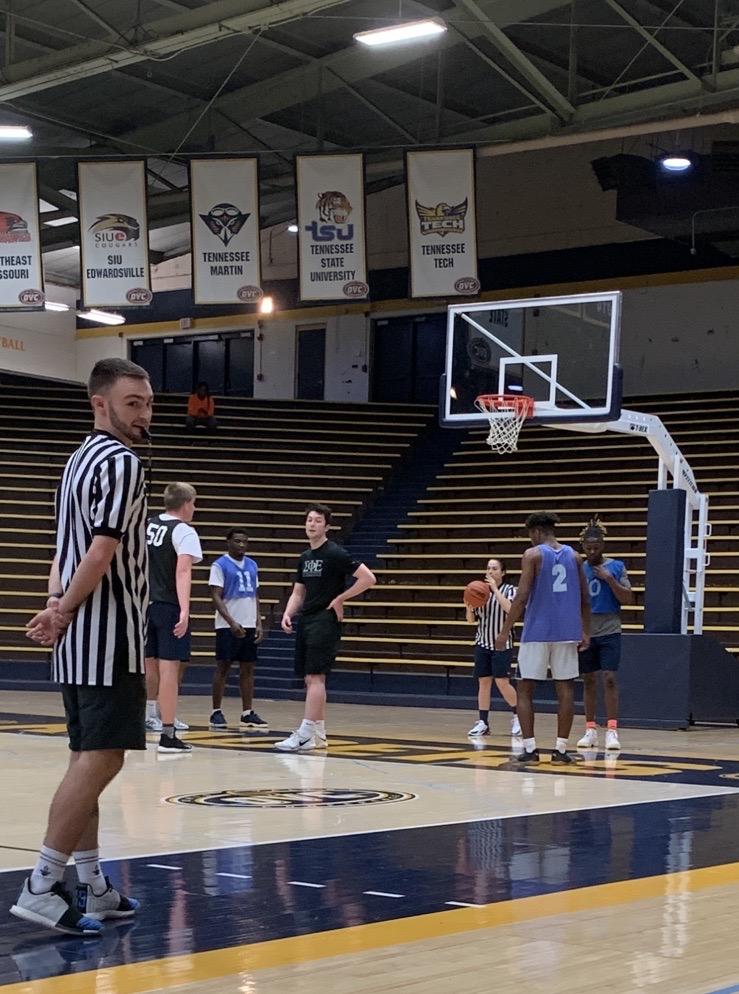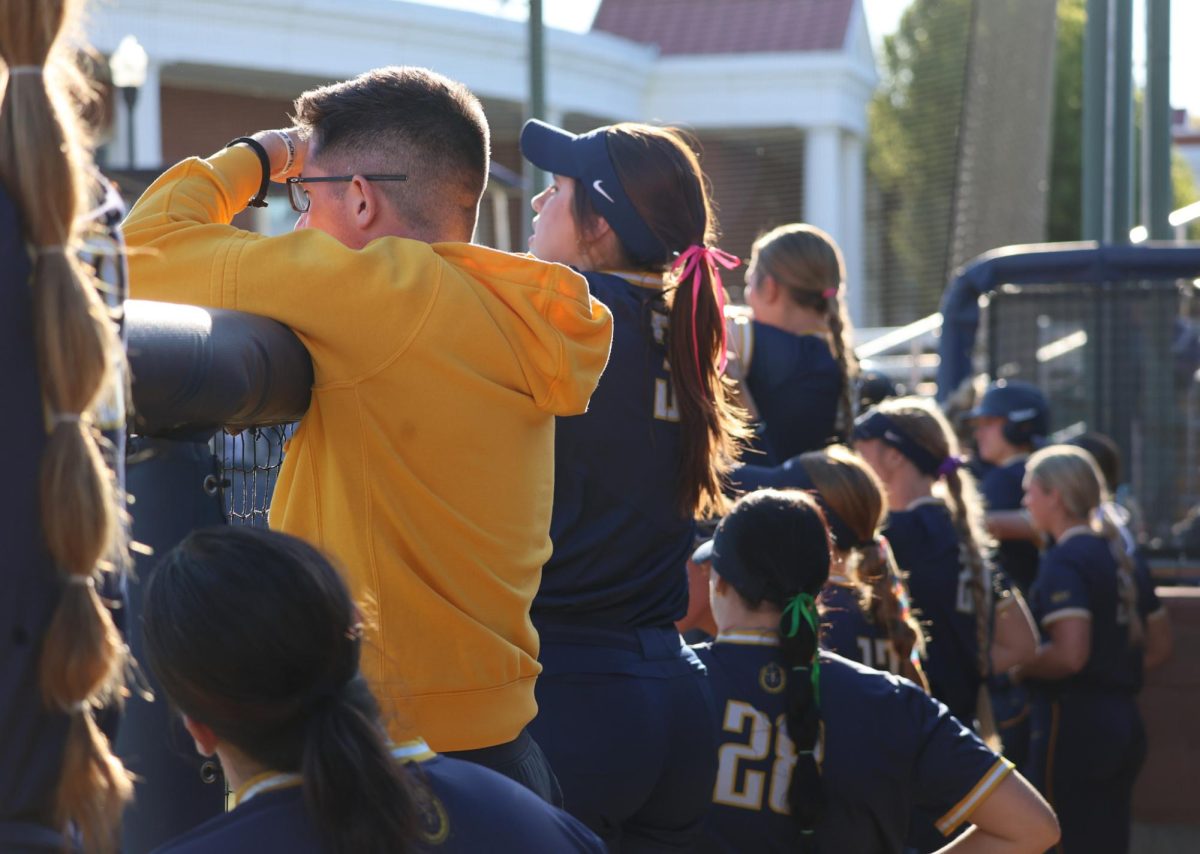Story by Daniella Tebib, Staff Writer
Pink eye is the latest infection to spread among students on campus, following increased reports of staph infection last month.
According to the Mayo Clinic, conjunctivitis, more commonly known as pink eye, is an infection of the transparent membrane that lines the eyelid and covers the white area of the eyeball.
Michael Cooper, microbiology professor at Murray State, said it is caused by a bacterial or viral infection or an allergic reaction. Pink eye is extremely common and spreads easily.
“Bacterial and viral conjunctivitis (excluding the HSV-1 variety) spread very readily through contact with eye discharge,” Cooper said. “One might think that it is unlikely other people are going to touch the eye discharge, but that contact is instead mediated through the infected person themselves. Try to consider how many times you touch your own face in a day then consider how much more you’d likely touch it if your eyes felt terrible. We are great at spreading pathogens both through contact like this and the ever-prevalent fecal-oral route. It can also be spread by fomites (inanimate objects) that infected people have handled or even just touched.”
According to an email sent to faculty, staff and students on Thursday, Oct. 11, symptoms include burning, painful, itchy eye(s) discharging fluid, redness or pink color to the eye(s) and slight blurry vision.
Cooper said those affected should visit a healthcare professional. However, he said antibiotics are useless when it comes to viral conjunctivitis. Both bacterial and viral conjunctivitis typically resolve on their own within a couple of weeks.
To lower the risk of contracting pink eye, according to the university email, students are encouraged to wash their hands thoroughly and often, to blow and wipe their noses with tissues, not their hands, to avoid touching their eyes and to not share items with any other person.
Holley Hynes, junior from Breckinridge County, Kentucky, said she is unsure where her pink eye infection came from.
“I’m not exactly sure how this is spreading so quickly… I haven’t been around anyone with pink eye,” Hynes said. “I showed signs before I came back to Murray, which was on Sunday. But, it doesn’t make sense that all these people would start to have it before we came back from fall break.”
When seeking treatment, Hynes said she experienced some complications.
“It’s been such an inconvenience because the price of the medicine is ridiculous, and the doctor’s visits are also expensive,” Hynes said. “With the on-campus healthcare, it seemed like they rushed through the visit and I talked to someone through Skype. The medicine they prescribed for me actually made my eye much worse. It’s completely swollen shut.”
Because Hynes’ condition worsened, she was not been able to attend class for three days, and has had to visit three different doctors. She also said she had to visit an eye specialist because the swelling could possibly cause permanent damage.
Madison Barletto, senior from Kevil, Kentucky, encourages students to wash their hands frequently to prevent this from happening to them.
“I think it’s kind of crazy how Murray keeps having these infections spread like wildfire,” Barletto said. “But, I guess it’s a reminder to keep washing your hands frequently, so you don’t catch anything else.”
If students, faculty or staff feel like they have been exposed to pink eye or a viral eye infection and are experiencing any symptoms, they should visit on campus Health Services or a healthcare professional to receive a proper evaluation.
































































































